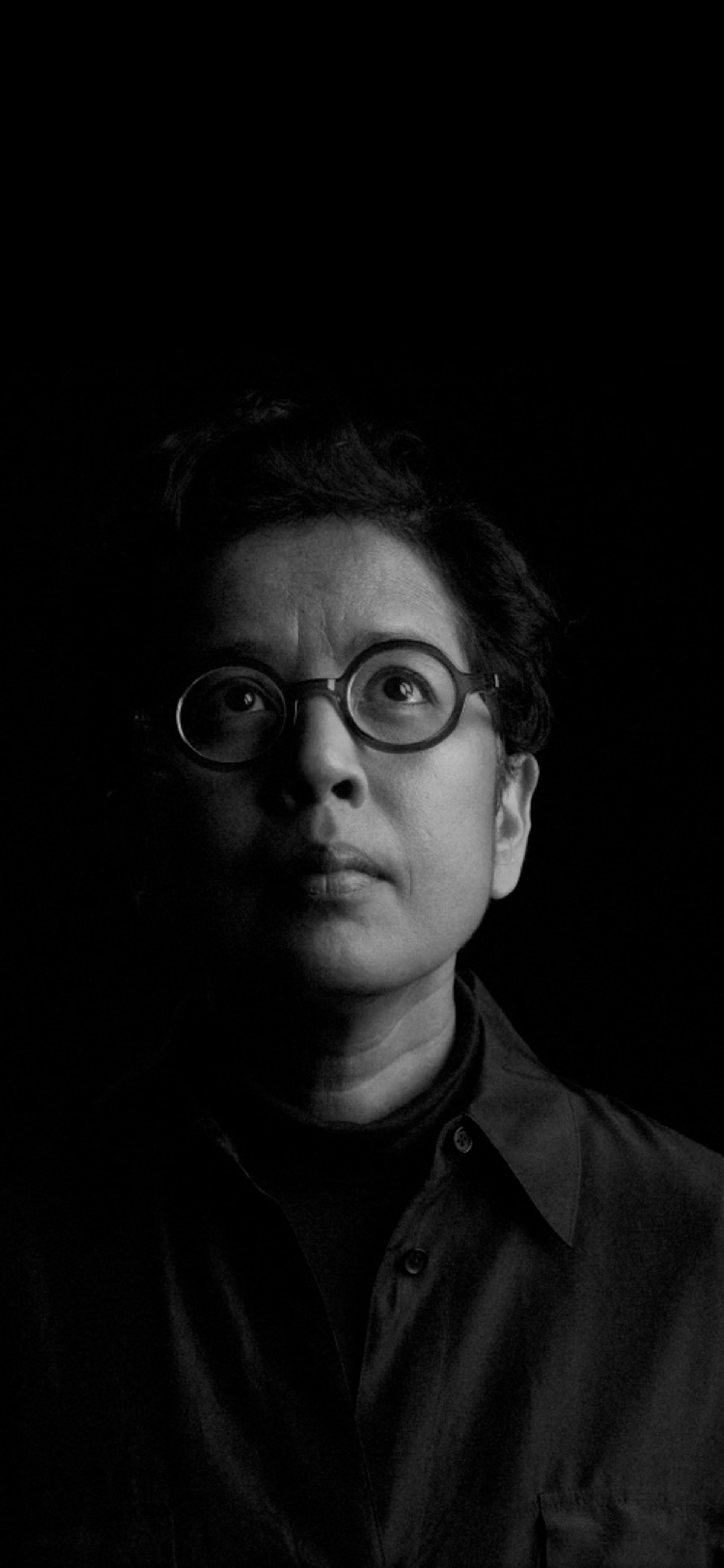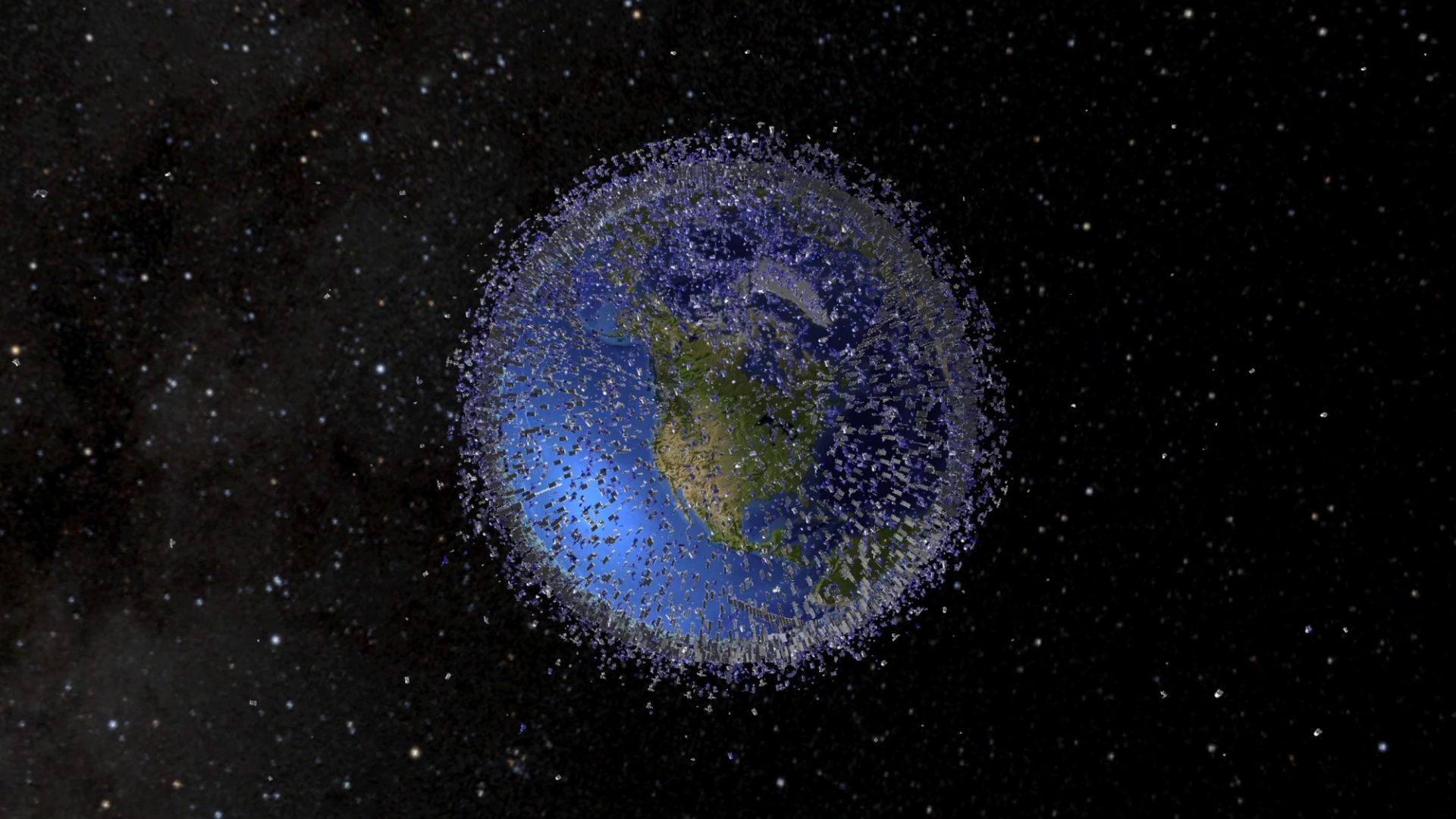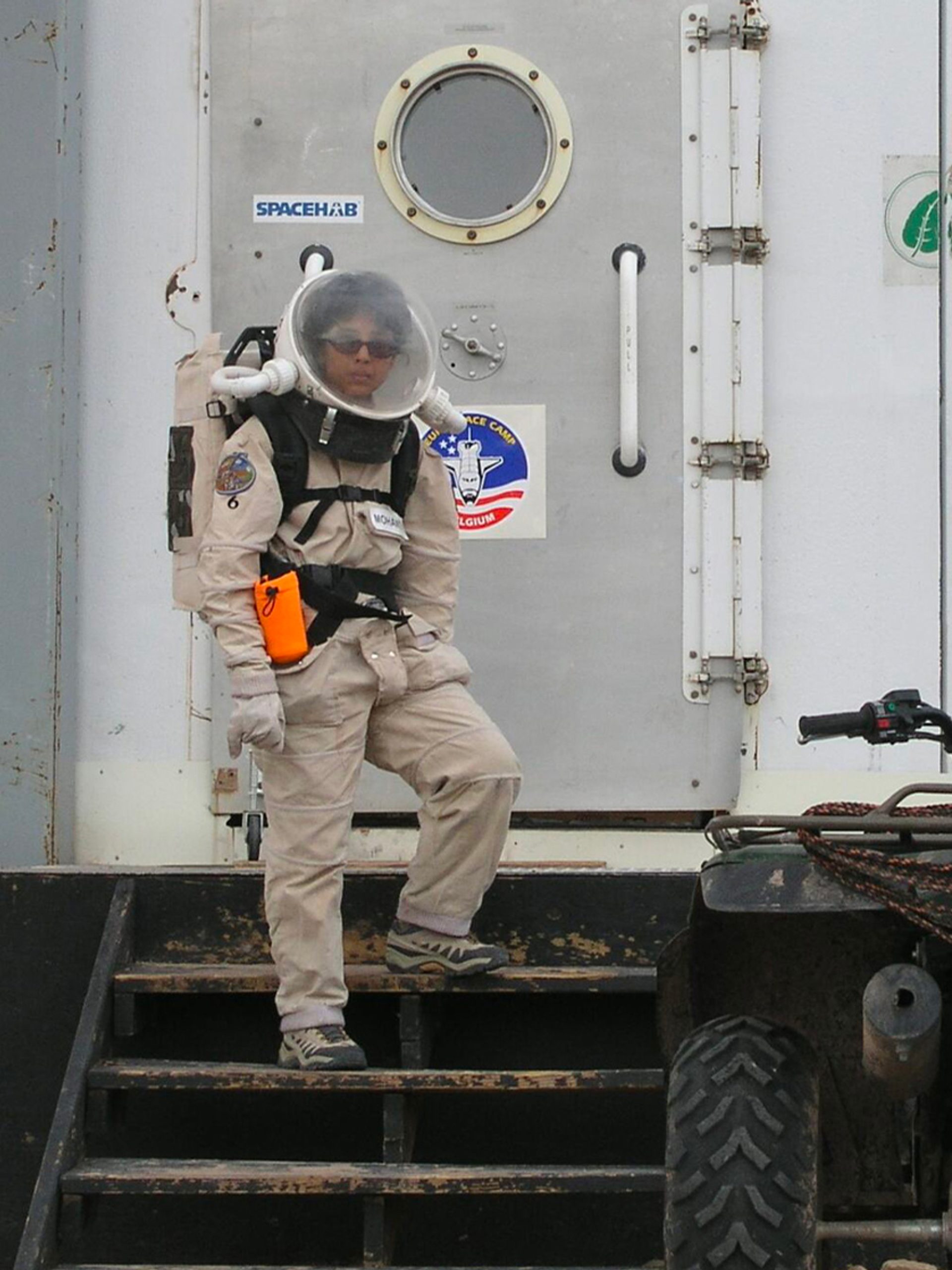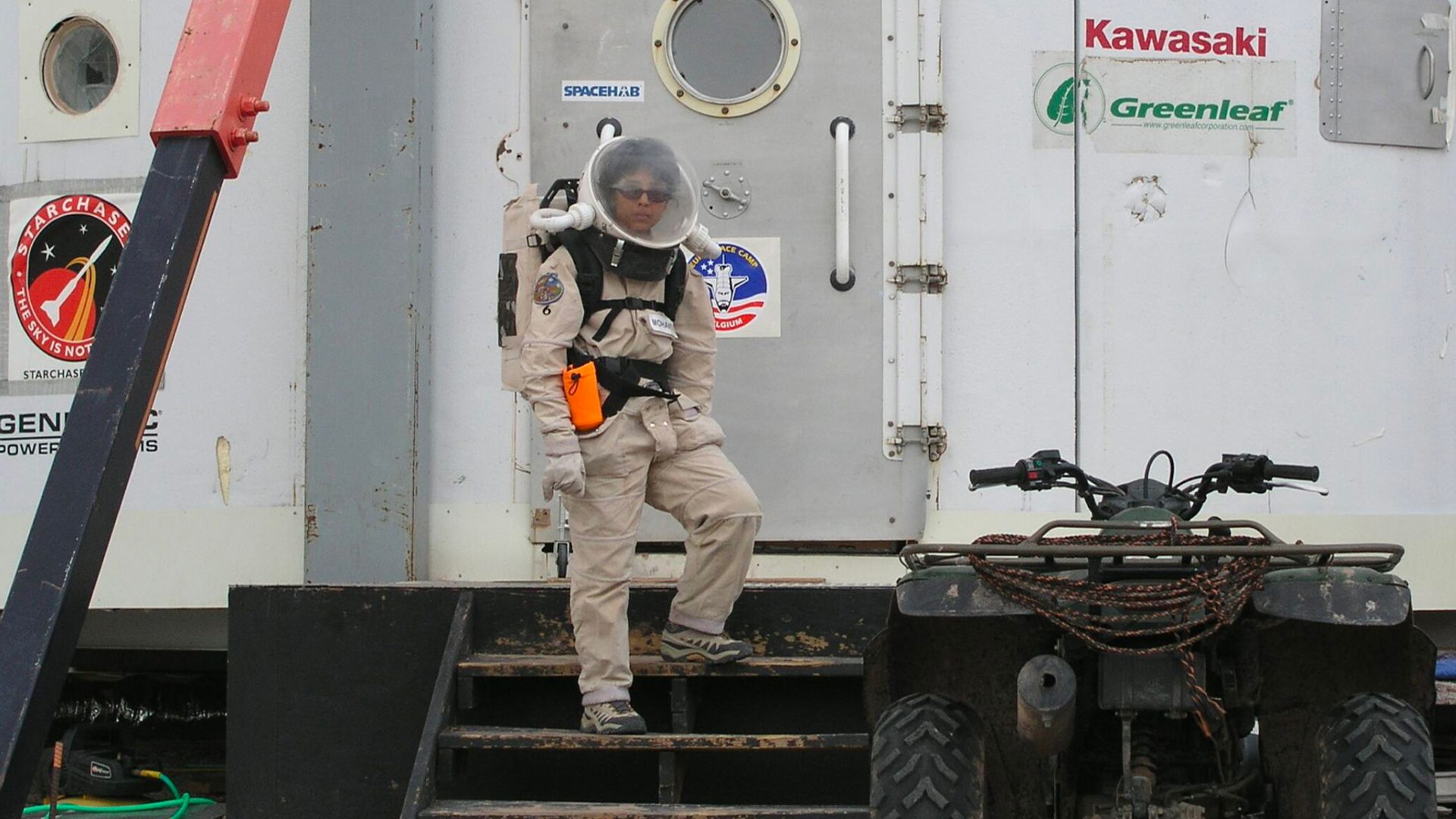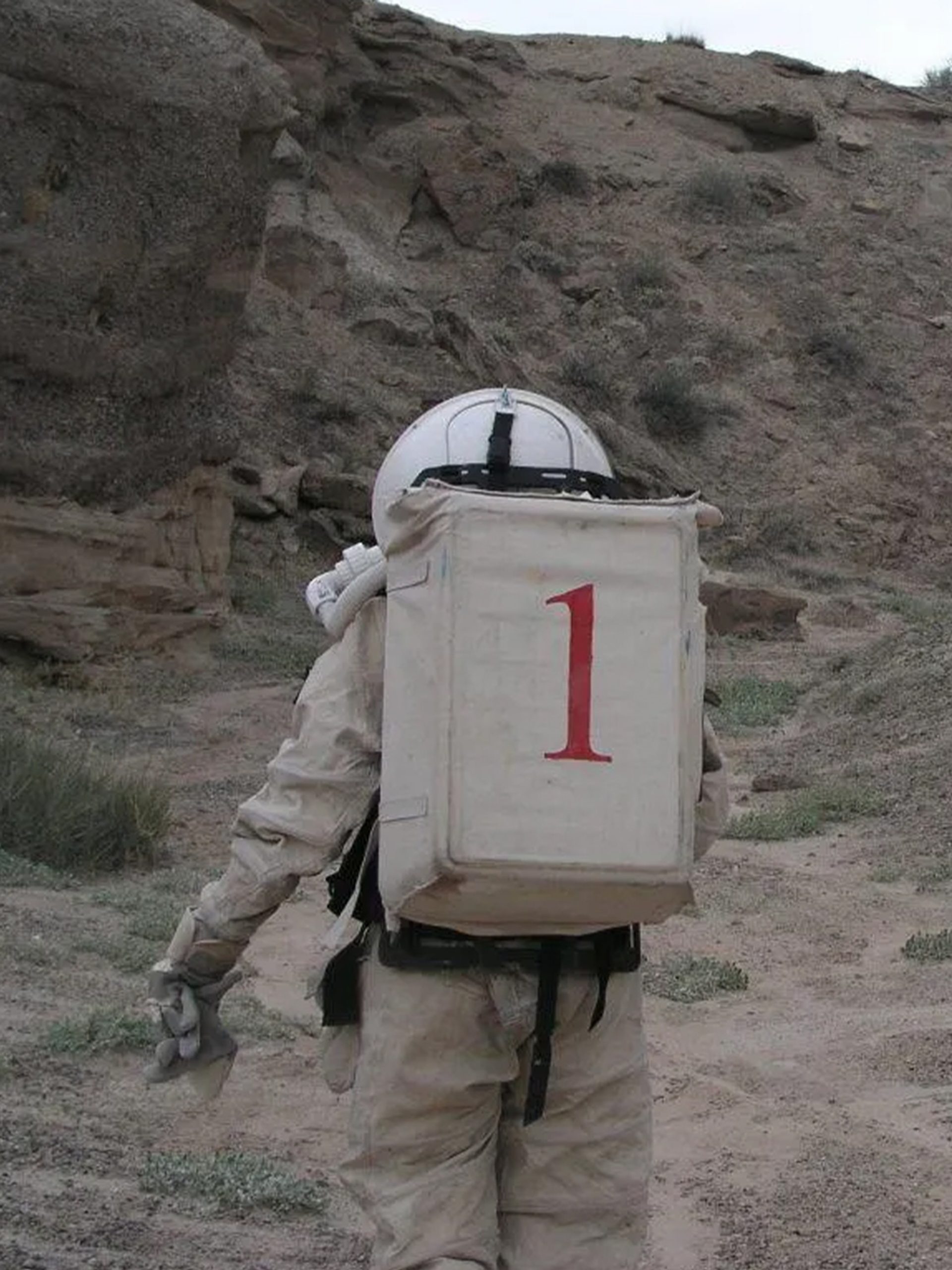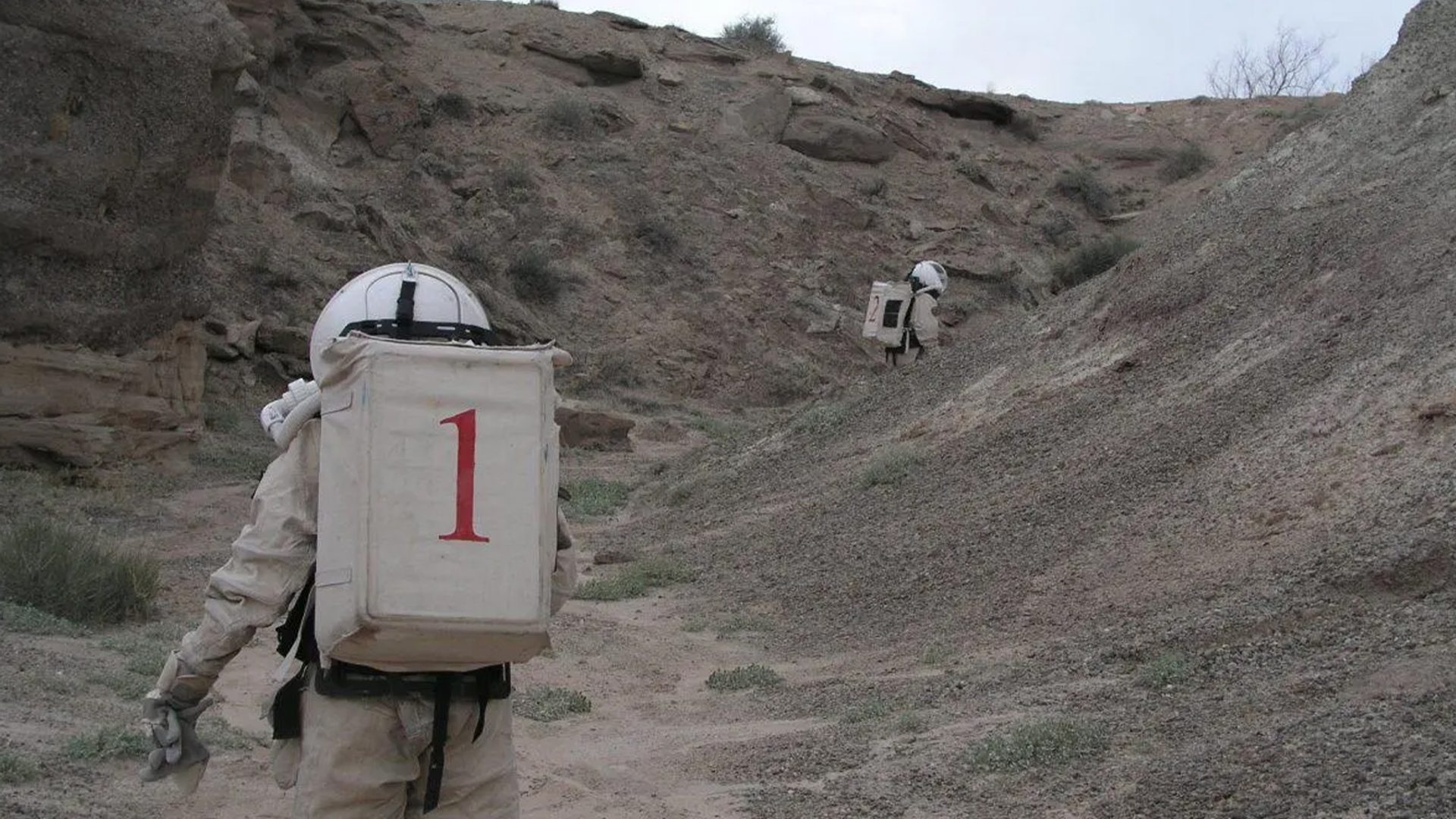Susmita Mohanty: Space is not a frontier

To celebrate Sydney Science Festival 2024 Powerhouse Associate Ceridwen Dovey interviewed this year's keynotes, Susmita Mohanty, Maya Nasr and Xin Liu.
Dr Susmita Mohanty is a pioneering space entrepreneur and advocate for space exploration known for her leadership in the field of commercial spaceflight. She began her career with NASA and Boeing, and is the only entrepreneur in the world to have co-founded three space companies on three different continents. As the co-founder and CEO of Earth2Orbit, India’s first space start up, and co-founder of India’s first space think tank SARABHAI (S2), she has played a key role in advancing India's space industry and promoting international collaboration in space research and exploration.
Ceridwen Dovey Tell us the extraordinary story of how the science fiction writer Arthur C. Clarke (author of 2001: A Space Odyssey) became your mentor and benefactor after you wrote to him as a student, asking for help to pursue your dream of a space career.
Susmita Mohanty I was raised in Ahmedabad in India. My formative years were spent in the scientific milieu of the early Indian space program. The space program founder, Dr Vikram Sarabhai, was based there, and he’d recruited my dad to join him. I was also influenced by amazing architects who’d been commissioned to build public buildings in Ahmedabad, like Le Corbusier, Louis Kahn, Charles Correa and B.V. Doshi. Growing up around space pioneers and contemporary architects, I became smitten with the idea of designing things to solve the problems of living and working in microgravity.
In 1996, I needed to raise $35,000 to attend the International Space University (ISU) in Strasbourg, France. I had my Bachelors in Engineering and Masters in Industrial Design, but I wanted to join a global network of young people passionate about space. To seek scholarship support, I wrote to 70 non-profit foundations in India, to the United Nations, and to people like Carl Sagan, Bill Gates and Arthur C. Clarke, including synopses of my microgravity design projects.
One day, Arthur Clarke called me out of the blue, asking how much I needed to attend the ISU (he was the ISU Chancellor at that stage). He essentially gave me a blank cheque from his foundation to pay my tuition, and friends from my engineering college who were studying in the United States raised money to cover my living expenses. Clarke and I stayed in touch. In 2008, soon before he passed away, I sent him an email from San Francisco saying I was moving back to India. He replied, ‘That’s strategic. Everything began in the East and it's going back there. Gunpowder was invented by Chinese alchemists, after all – and if there’s no gunpowder, there’s no rockets.’
CD Your company LIQUIFER pioneered a ‘human-centric’ approach to designing space habitats. What does this look like in practice?
SM LIQUIFER designs full-scale space habitats and rovers. We build prototypes and test them in analogue environments – for instance, we’ll take a Mars habitat prototype to the Rio Tinto district in Spain, which has a terrain similar to Mars. It’s not only about designing the interior architecture, but the systems engineering and life support systems. Take a look at our design of the SHEE habitat or the RAMA rover, and you’ll see a multidisciplinary approach, where interior and industrial designers and architects work in tandem with engineers, with close attention to human factors like ease of use and comfort.
Space agencies like NASA still use an engineering-centric approach to design, which in my view is outdated – it was inherited from the military. The interior modules of the International Space Station are really cluttered, for example. But the interiors of SpaceX’s Crew Dragon or Virgin Galactic’s space plane look significantly different. These companies take the design of space vehicles seriously because their paying customers want not only safety and survivability, they also want comfort and style.
‘Space is not a frontier. It doesn’t need conquering. What it really needs is safeguarding.’
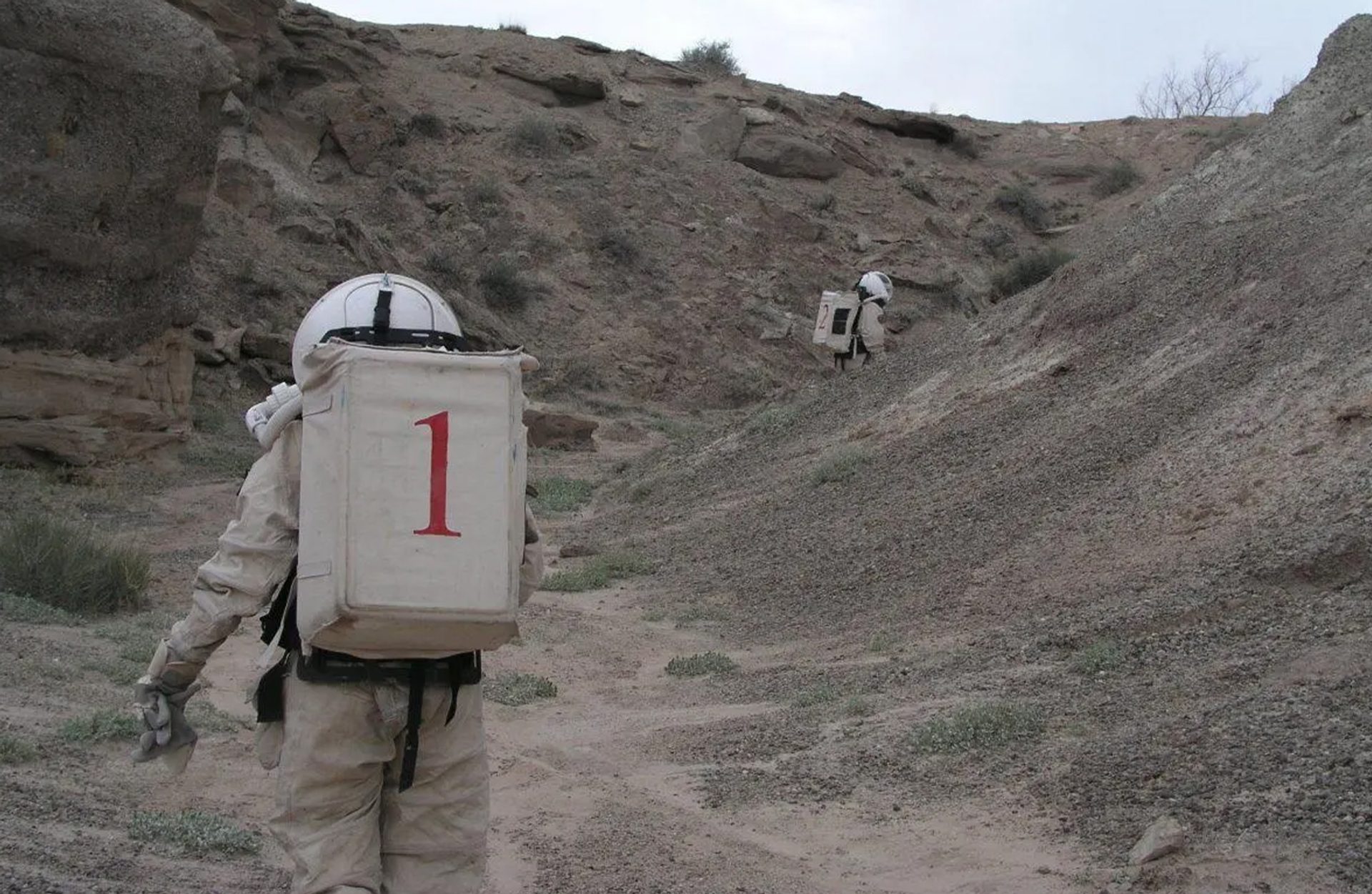
CD You don't like to refer to space as a 'frontier' and don't believe it's helpful for humans to think of Earth as being separate from space. Can you give us a better language to describe Earth's relationship to space?
SM Space is not a frontier. It doesn’t need conquering. What it really needs is safeguarding. The word ‘frontier’ has negative connotations of genocide, occupation, ecocide. Instead, I bring an eco-conscious approach to exploration. We sometimes forget we’re living on a blue spaceship, hurtling through space right this minute. I never draw a line between Earth and space – because there is no line.
Extending the human presence beyond Earth must be done in a manner that is respectful of original pristine space environments. From the Apollo astronaut diaries, for instance, we know some of them played golf on the Moon. This doesn’t make any sense in a place where the gravity is 1/6 the gravity on Earth. The loose dust rises and takes forever to settle down. We need to be very gentle in what kind of footprint we leave on the Moon, on Mars, and elsewhere.
CD As a space diplomat and co-founder of India's first space think tank, you believe 'technology diplomacy' is essential to promoting international collaborations in space. Can you share a concrete example?
SM Technology diplomacy in space plays a very important role, especially in today’s geopolitically volatile world. It prevents us from going off-kilter.
When the Russia-Ukraine conflict began, there was some anxiety about the International Space Station (ISS), because the ISS is operated mainly by Russia and the US. Yet the ISS program has continued, despite major disagreements on Earth, and I think that’s very important. All international co-operation involves geopolitics; space is geopolitics. As a vehicle for technology diplomacy, the ISS opens up different channels of communication and lets those of us who are not directly involved in the political sphere contribute to finding solutions.
CD You advocate for a 'female-led (and designed) future' in space. What does this look like?
SM I think about a female-led future not only in space, but in the context of the entire planet and how we run things. How do we design policy, our workplaces, overhaul mindsets, bring in the strengths women have? We women have unique social and emotional intelligence, anticipation skills and preservation instincts that help us look at the world through a different lens.
As a female entrepreneur, space is not about conquest to me. It’s not about scale. I steer clear of vocabulary that has any colonial traces of conquering, occupying, settling, extracting. The more I get to meet and collaborate with fellow women space entrepreneurs and designers globally, I realise there has been a positive qualitative difference in the way space missions are conceived and designed to be inclusive and sustainable, compared to the last century – in large part thanks to having more women in the workforce.
‘The line between exploitation and exploration is indeed blurred.’
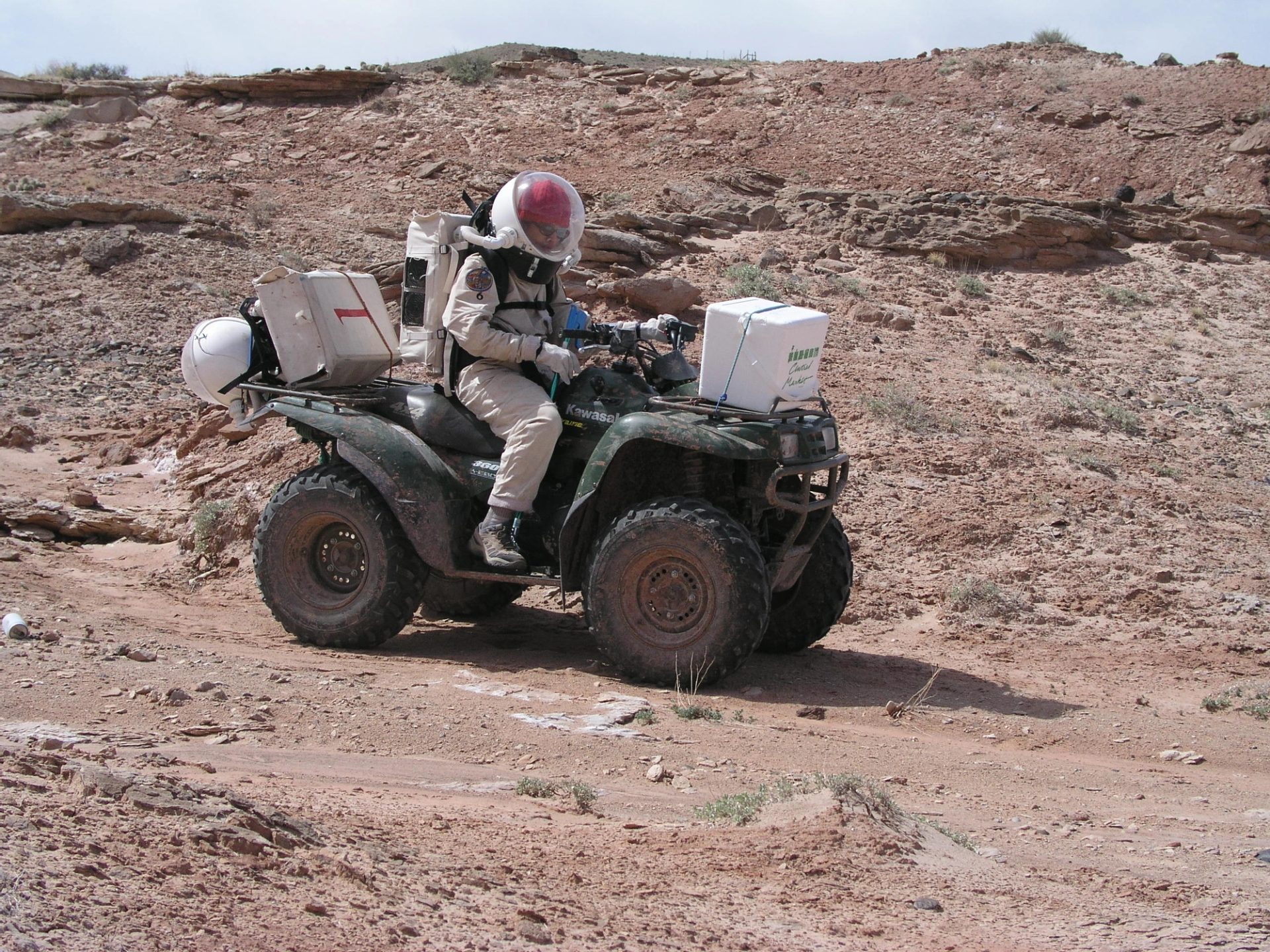

CD Your experiences in remote places on Earth – like the Arctic and Antarctica – have prompted you to be wary of the overlap between 'exploration' and 'exploitation' of land both on and off-Earth. How do you think this blurring can be avoided on the Moon?
SM The line between exploitation and exploration is indeed blurred.
I went to Antarctica in 2017, as part of a cultural expedition. One of our landings was on Deception Island. Unlike the rest of the Antarctic Peninsula, this volcanic island was not a million shades of white and blue, but brownish, and you could smell sulphur in the water. There were expedition huts there that had been damaged in a volcanic eruption. Everything in the huts was exactly as it was when the eruption happened, frozen in time. Nearby, we could see gigantic rusting silos, built to store seal blubber. The explorers had wiped out the seal population near the island because they needed blubber for energy production. This memory stays with me, a reminder it’s never just about exploration. There’s always more to that agenda.
Now the Moon is in everybody’s cross hairs. We’ve had several landings over the past year, and human lunar exploration is imminent. But what really worries me is that humans have a tendency to monetise everything. This is why the US has passed a unilateral law so that if an American company goes to another celestial object and brings back material, they can own and sell it. In Luxembourg, there’s a similar law. Basically, Luxembourg is trying to be the Bahamas of space mining – a financial and legal haven for anyone who wants to extract and sell resources from space.
This is symptomatic of the problems that Moon exploration may create. Despite the intent to preserve and protect that many of us express internationally, humans may end up ruining the Moon, just as we have ruined our home planet, and created a dangerous space debris situation in Low Earth Orbit.
CD You describe yourself as a 'Moonwalker' and dream of one day making a lunar scientific journey. What draws you to the Moon?
SM I’ve always wanted to visit the Moon as an explorer, with a mission to participate in science experiments. The Moon fascinates me because it’s so close. Mars doesn’t excite me as much because it’s a six-month trip away, and the terrain there is very similar to places on Earth. But the Moon is a ball with several metres of sharp, sticky, loose dust on it, gigantic craters, no atmosphere, dangerous radiation, no weathering forces. It’s a lot more challenging to establish a human presence on the Moon, which is why it’s my preferred destination. And who knows? I might someday have the chance to go there.
The Earthrise photograph was captured by astronaut William Anders during the 1968 Apollo 8 mission and depicts Earth as a fragile blue marble amid the vast blackness of space. This was the first colour photograph of Earth from space, and it forever shifted humanity’s perception of our planet. Half a century later Sydney Science Festival brings together leading creatives and scientists from around the world who are radically rethinking our understanding of the sky, Country and each other.











